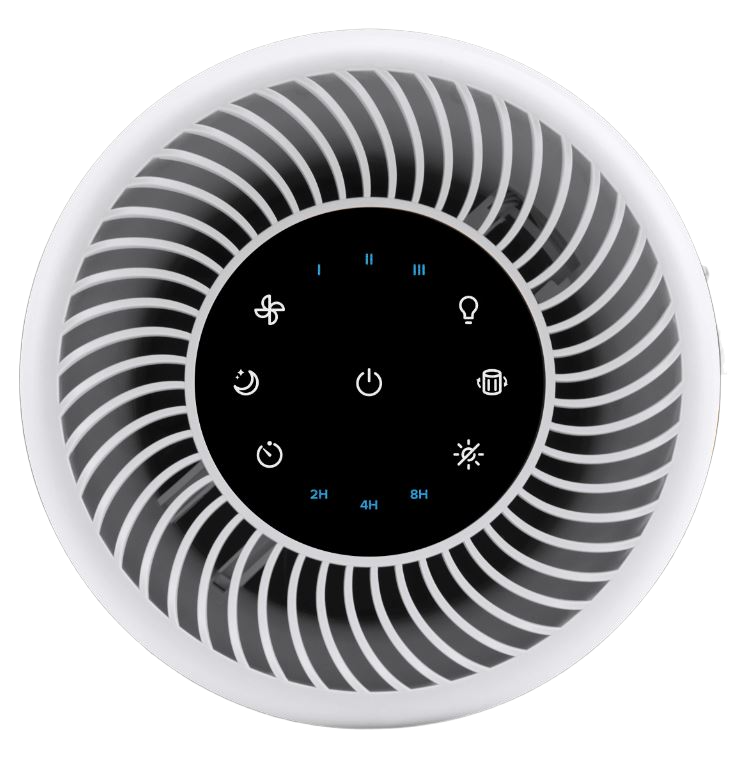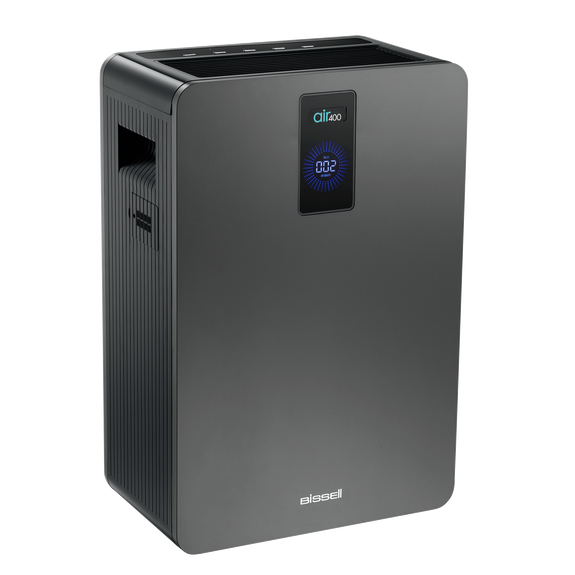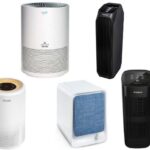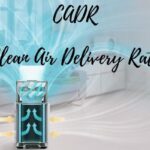If you’re wondering how to tell if your air purifier is working, we’ve put together a few tips that will help you assess the effectiveness of your unit. It’s important to remember that not all products are created equally, and there may be some factors that make it difficult for certain units to remove harmful particles from the air. We can’t stress enough how crucial it is for any home with pets or people who suffer from allergies or asthma in order do their research before purchasing an expensive product! Below we outline 4 steps on how to tell if an air purifier is really doing its job.

How to Check If an Air Purifier Is Working?
There are many people who have questions about air purifiers and how they work. People may be wondering if their home is already clean enough or just looking to test out the efficacy of a particular model before purchasing one for them. Fortunately, there’s an easy way to find answers! We can suggest several steps that will help in any situation.
Do you want to know what kind of system or methods your new device has? Well, keep reading below! After an analysis, it’s important for us at Simple Solutions Testing Services (SSTS) to make sure our tests match up with any quirks. Here are four easy steps:
1. Check the Indicator Lights
There are many lights on your air purifier that may indicate an issue.
The first thing you can do is check the replacement filter indicator light: if it’s turned red or green (depending), there’s dirt in the filters and needs to be replaced immediately! You should also note what kind of pollen mode indicator goes out.
If none pop up at all, then something more serious could’ve happened regarding allergies, causing them not to work either way properly. Don’t forget about fan speed indicators either as well since they’ll show when our fans fail, too. So make sure those stay working smoothly by cleaning any dust off their blades after each use.
The filter life indicator has 3 different lights. Green means all is good, yellow means it’s time to replace your air filter soon, and red means you need a new one immediately!
2. Check on the Filter Manually
Air purifiers are a great way to improve the quality of your home or office’s air. They can remove particles floating in from outside, such as pollen and dust; protect you against allergens like pet dander which causes symptoms for many people with allergies (including myself). But what about when it comes time for me to get my filters changed? Air cleaner manufacturers recommend doing so every 2-4 weeks, depending on how often they think their filtration system needs washing!
The pre-filter on your home’s air purifier is a critical component that helps keep it clean. If you have one, be sure to replace it at least once every three weeks for the system to work as effectively and efficiently as possible!
You may also want to consider getting an activated carbon or true HEPA (very high-efficiency particulate antiallergen) filter depending upon what type of allergies are most bothersome. These types can often handle 0.3-micron particles better than other mediums while providing excellent odor control too. Just make sure they’re replaced after six months because this kind does not need maintenance as different varieties do.”
The VEVA premium pre-cut activated carbon range of filters would be the best choice for air purifiers that rely on these to remove VOCs. One thing they have going for them is their uncanny ability to remove any fumes from your home, making them perfect for those who smoke inside often and want fresh air all day long!
You must follow the steps in your user manual for cleaning or replacing the air filter on any device. Depending on the pollution it was exposed to (vacuum cleanings, mild soapsuds wash up to remove dust and debris). You should also try leaving out time just after washing when they’re most likely dry before storing them away again!
3. Test the Airflow
There are a few quick ways to test if your air purifier is working properly. One way, for example, would be checking on the circulation of fresh and clean inlet airflow with constant outlet flows at different speeds from both sides. This will let you know whether there’s any disruption or obstruction during the operation.
Air purifiers are a great way to keep your home clean and healthy. Suppose you’re noticing that the fan noise is unusually loud. In that case, there could be underlying problems like dirty or clogged filters, resulting in no airflow coming out of the active air purifier. An overheated motherboard may also happen if an individual keeps obstructing their ventilation without knowing how important these parts are!
4. Use an Air Quality Monitor
If you’re still not sure if your air purifier is working, then the next best thing to do is perform a home performance check. To perform this test, simply take a monitor to measure particles in homes with pollution problems like pollen or mold. This way, we know how well our filters work and what conditions they need to improve upon, so there’s no waste of time!
The best way to use air quality is by following these simple steps.

Step 1:
If you want to be on the safe side, it is always best for your health and well-being if we can monitor our air quality. One such device that works excellently at doing just this? The Brand: EG Air Quality Monitor!
This small yet highly accurate gadget not only measures formaldehyde (HCHO) but also some synthetic volatile organic compounds like benzene along with fine particulate dust in real-time; all while having tons of reviews from happy customers who bought one too – so what are y’all waiting for?! Get yourself one before tomorrow’s sale ends!!
Step 2:
The Air quality monitor is a new and innovative tool that will make your indoor adventures easier than ever before. Designed to help you keep track of the air quality in just one room, this handy little device can go with you on any cleaning mission!
If you’re looking to freshen up your home with a new fragrance, the EG-Air Quality Monitor has got just what we need! It can tell us which type of cleaner will be best suited for our needs–whether it’s fragrance-free or not.
Step 3:
With the air quality monitor in hand, take your purifier and go through each room of your house. As you enter a new area with poor-quality Ailments, start by letting it run for 15-30 minutes. So before taking any readings see how that specific spot fares against other types and truly move on if necessary!
It’s important to know if your air purifier is running. This is a reminder that if the reading on your monitor goes down, then it could mean there’s particulate matter in the room and you should check with an electronics technician for assistance.

How long do air purifiers take to work?
How long will it take to notice a difference in the air quality of my home? The good news is that you can start noticing improvements as soon as your device turns on or while your HVAC system blows out throughout all hours.
On average, people see changes within half an hour if they experience excellent quality indoor environments without any major sources polluting their area. However, this could be shorter depending on where these noises come from (elevator, for example).
Are air purifiers expensive to run?
This is a great question, and it really depends on the type of air purifier you have.
One example, a True HEPA model can consume as little as 20 watts for this type that performs exceptionally well. For an average family room or bedroom, this equates to about $2.00 per month in electricity usage, which is not bad at all!
On the other hand, if you have a unit with UV-C technology, lighting costs may vary from as much as $90 per year up to $200 -$300 annually depending on factors such as how many bulbs are used, hours run per day/week/month and voltage changes from various utility providers.
So Air Purifiers can be expensive to run, but it varies.
Conclusion
So now you know how to tell if an air purifier is working. You should also be aware of the other factors that can affect your comfort level in a room with poor air quality, such as humidity levels and internal temperature.
Whatever, if you notice that the room still smells like smoke or pets, it may be time to change the Filter or ventilator. The best way to tell if an air purifier has been successful at cleaning up any odors and toxins from the home is by looking for these signs of success: less dust buildup on furniture, new items not smelling musty after being stored inside this area of the house, and no longer feeling lightheaded when you enter into this space. These are just some ways to determine whether or not your cleaner is doing its job effectively!
However, we recommend reading our blog post on how to know if your air purifier is working properly. We also have some tips above about what type of Filter might be appropriate for your needs as well as advice from experts in the field who can point out other features that may help improve performance or quality of life at home.




